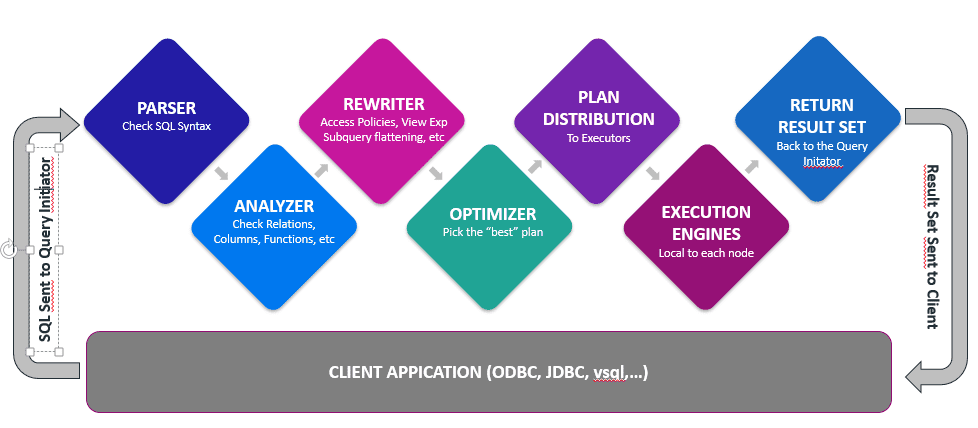One of the big advantages of doing business in a digital world is being able to make use of the data exhaust left by practically every action and interaction—from what a person buys on Amazon to what newspapers or magazines they read, who they’re Facebook-chatting with and what time they drove across the Golden Gate Bridge, as tracked by their RFID automated toll tag.
Theoretically, a smart business could assemble all those pieces of information into detailed, individualized pictures of each customer and make predictions about their preferences and behavior.
By doing so, that business could figure out “buying propensity”: the customer’s level of readiness to purchase something at the moment, as opposed to what the business finds most profitable to sell or is most eager to unload.
You might think it would be easy to figure out, given the zettabytes of data pouring in, all kinds of clever targeting schemes to pick from, and nearly a century’s worth of research into demographics, psycho-graphics, behavioral economics and other approaches meant to get into the consumer’s head.
The problem is, without intelligence, this data-rich approach doesn’t always work.
Many offers are not just irrelevant to consumers, they may actually strike the wrong note. For example, romantic getaways for someone who just got divorced, or retirement community units to someone under 30. Or, the sheer number of offers could prompt the annoyed customer to delete them all, unread.
Customizing financial services for a mass audience
This challenge of understanding buying propensity is particularly acute for banks, investment firms, and similar financial organizations. They’re no longer just the province of wealth management, where a courtly, silver-haired gentleman would sit down at a walnut desk in a stately marble office with each client to discuss their individual needs and fiscal health. Today, an ever-growing proportion of the population has savings and investments, such as a retirement account, and could benefit from guidance on how to manage their money. But not everyone can afford a private financial advisor.
Moreover, banks have their hands full. They’ve inserted themselves into so many lines of business, from home mortgages and credit-card protection to auto-paying utility bills and even retail shopping, that they have literally millions of potential combinations of offers, customers, times and channels to market—desktop, mobile, kiosk, partner site and more.
In that deluge of data, it can be hard to decide which product offer to present to customers, and when to offer them. Some financial providers, frustrated by the difficulty of building an effective propensity model, default to a simple tactic that arbitrarily rotates offers at each new visit. But that’s leaving money on the table—and downgrading the customer experience.
AI: When the machine learns from its mistakes
Now there’s a smarter alternative, thanks to breakthroughs in machine learning—artificial intelligence-augmented product recommendation software. Not only is this kind of tool constantly sizing up consumers’ readiness to buy and displaying offers it thinks will interest them, it “learns” from its failures and successes.
With AI-augmented financial recommendation intelligence, financial companies can mine not just a consumer’s past online activity, credit score and demographic profile, but behavior patterns of similar customers, retail partners’ purchase histories—even the unstructured data of a customer’s social media posts or comments they’ve made in customer support chats.
It can keep score of the myriad of permutations of offers—headline, offer wording, size of the discount, the particular products displayed—like the world’s biggest A/B test. (Even abandoned orders can be a rich source of insight. They show that something attracted the customer initially, but then something else put them off, which the AI can tease out.) With every interaction the software observes, it gets smarter.
AI-guided recommendations = ROI
Here are some of the benefits a financial institution can realize from AI-enhanced product recommendations:
• Higher “hit rate” on offers leading to stronger sales
• Higher profits
• Greater customer satisfaction
• Better insight into larger customer preferences and buying trends to inform future product development
• Lower administrative burden to evaluate and fine-tune offer models
• Fewer complaints to customer service about offerings that miss the mark
• Less customer churn
• Improved competitive position
Curious how AI-augmented financial product recommendations could work for you? Read this infographic, or click here to learn more about how intelligent recommendations could help your business.












